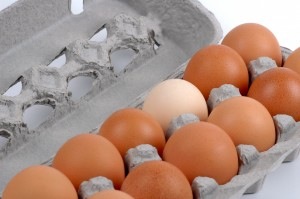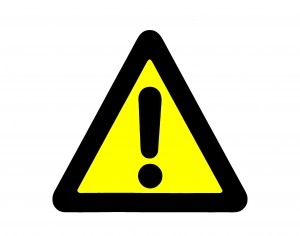The Red (or yellow or blue) Box With The String
Remember that cute little red, yellow or blue box with the string on top and tiny little animals on the front and back? After you open the box and the heavy waxed paper inside you’re rewarded with crunchy little animal crackers, usually in the shape of animals you find at the circus or the zoo.
How Long Have Animal Crackers Been Around?
In the late 1800s, biscuits called “Animals” were imported from England to the United States and in 1871 Stauffer’s Biscuit Company baked their first batch stateside.
Barnum’s Animals (Crackers), named for P. T. Barnum who ran the circus, the “Greatest Show on Earth,” were first made in New York City in 1902 by the National Biscuit Company (Nabisco). Barnum, an amazing self-promoter, had absolutely nothing to do with the labeling on the box and he never got a cent for it.
The famous string appeared when Nabisco designed the box to look like a circus wagon cage and then attached a string so it could be hung as an ornament from a Christmas tree. It sold it for 5 cents a box. As we know, the package was such a success that it remains a year round treat – 40 million are made a year — although not at the same price!
Are They Crackers Or Cookies?
The crunchy little animals resemble crackers because they are made with layered dough. But, because the dough is sweetened they have a cookie taste and consistency.
Over the years, 54 different animals have been represented. The most recent, chosen by consumer vote, is the koala. It beat out the penguin, the walrus and the cobra. Some other animals are tigers, cougars, camels, rhinoceros, kangaroos, hippopotami, bison, lions, hyenas, zebras, elephants, sheep, bears, gorillas, monkeys, seals, and giraffes.
Are They Good – Or At Least Okay for You?
The little box with the string contains about two servings.
- Each serving (about 17 crackers) has 120 calories, 3.5 grams of fat, 22 grams of carbs, 1 gram of fiber, and 2 grams of protein.
- The ingredients are: enriched flour, high fructose corn syrup, sugar, soybean oil, yellow corn flour, partially hydrogenated cottonseed oil, calcium carbonate, baking soda, salt, soy lecithin, artificial flavor.
- Although trans fat is not listed in the nutrition facts, the ingredients contain partially hydrogenated cottonseed oil (partially hydrogenated means trans fat).
When a product contains less than 0.5 grams of trans fat per serving, the FDA requires that the content be listed in the package’s Nutrition Facts box as “0g”. When a label shows 0 grams trans fat per serving and lists a “partially hydrogenated” vegetable oil (such as soybean or cottonseed, among others) in the ingredients, the product may contain up to 0.49 grams of trans fat per serving.
Other companies do make organic and/or whole grain animal crackers and should you be concerned about ingredients these would make a better choice. Unfortunately, they do not come in the classic box with the string which, at least for my sons, was part of the allure.




